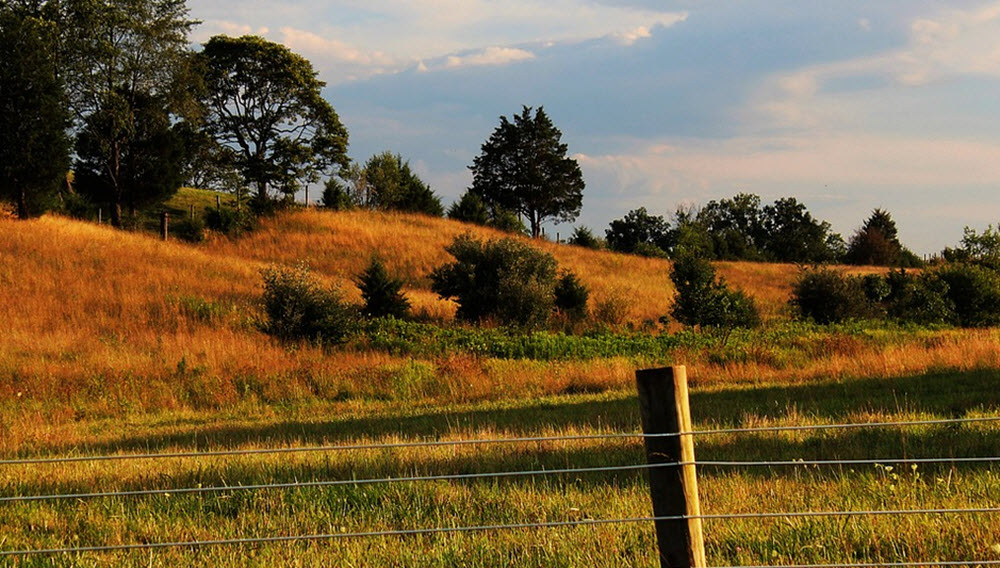Shenandoah Valley, in the beautifu landscapes of Virginia and West Virginia, offers an great equine experience with its idyllic locations, lush pastures, and rich horse-riding tradition. Here, the quiet country roads and scenic trails are loved by in riders from near and far.
Shenandoah Valley is known for its majestic mountains, fertile farmland, and historic attractions, and horses are an essential part of Shenandoah’s rural heritage. Whether you’re a seasoned horse rider, an equine enthusiast, or simply love the sight of horses gallivanting freely, Shenandoah Valley offers an up-close experience with these magnificent creatures. With its rich equine history, vast trail networks, and vibrant horse-centered culture, Shenandoah Valley truly embodies the spirit of equestrian living.

What is the Shenandoah Valley?
Named for the river that flows through it for much of its length from northeast to southwest, the Shenandoah Valley straddles the Virginia – West Virginia border and includes eight counties in Virginia and two counties in the eastern panhandle of West Virginia.
The valley is chiefly bounded by rivers and mountains. It has the Blue Ride Mountains to the east, the Ridge and Valley Appalachians to the west, the Potomac River to the north, and the James River to the south.
Culturally, the Shenandoah region includes not just the valley but also the Virginia Highlands and the Roanoke Valley. Examples of cities in the region are Winchester, Harrisonburg, Staunton, Lexington, and Martinsburg.
Horse Culture in Shenandoah Valley
Shenandoah Valley is known as the heart and soul of Virginia’s horse country. For centuries, local inhabitants have maintained an intimate connection with horses, which is evident in the Valley’s boarding facilities, training centers, equine feed, and supply resources. The region houses world-renowned horse breeds and types, including thoroughbreds, sport horses, Draft Horses, American Quarter Horses, and more.
Equine Education and Training
Shenandoah Valley is home to multiple riding schools and horse-focused educational programs. Schools such as Bridgewater College and the Virginia Horse Center Foundation offer courses on equine management, horse science, rehabilitation, and business. Some of the renowned trainers who have honed their skills in this valley include John and Beezie Madden, Rodney Jenkins, and Joe Fargis.
Horse Events
Shenandoah Valley hosts numerous equestrian events that significantly contribute to the local economy. Some events, like The Shenandoah Valley Horse Trials, have made a niche for themselves in the equine calendar, attracting top-grade riders and spectators each year. The Shenandoah Valley Horse Trials feature thrilling races, outstanding dressage, and show jumping and encourage both camaraderie and competition.
The Virginia Horse Center
The Shenandoah Valley is strewn with miles and miles of horse trails that offer great beauty and appealing challenges for riders. For a more controlled equestrian experience, you can for instance head to the Virginia Horse Center, a premier facility offering indoor and outdoor arenas, campgrounds, and guided horse riding lessons.
Horse riding in the George Washington and Jefferson National Forests
The George Washington and Jefferson National Forests provide some of the most picturesque horse-riding paths in Shenandoah Valley. These public lands were established by combining two U.S. National Forests into one administrative area, creating one of the largest areas of public land in the Eastern United States. Together, the two National Forests cover over 1.8 million acres in the Appalachian Mountains, including parts of Virginia, West Virginia, and Kentucky.
The George Washington National Forest was declared in 1918 and was then known as the Shenandoah National Forest. The Natural Bridge National Forest was added in 1933. The Jefferson National Forest was declared in 1936. The border between the “Washington” part and the “Jefferson” part roughly follows the James River.
Always check with the GWJ administrative office in to make sure the information below is still correct.
Horse riding is permitted on open forest roads in the George Washington and Jefferson National Forests. It is also permitted on many of the forest roads that are gated to prevent motor vehicles. In total, horse riding is permitted on more than 1,290 miles of trails in these national forests.
More detailed information is available on trailhead signs and maps.
Remember that you may encounter hikers and cyclists while horse riding in the national forests. Horses have right-of-way and hikers should yield to horses. Cyclists should yield to both horses and hikers. Horse riders are responsible for controlling their horses.
Important
- As a rider, you are responsible for ensuring that the horse has been tested for Equine Infectious Anemia. You need to carry a current written proof of a negative Coggins Test and show this upon request.
Horses are not permitted in developed areas, such as campgrounds and picnic areas, unless specifically stated.

